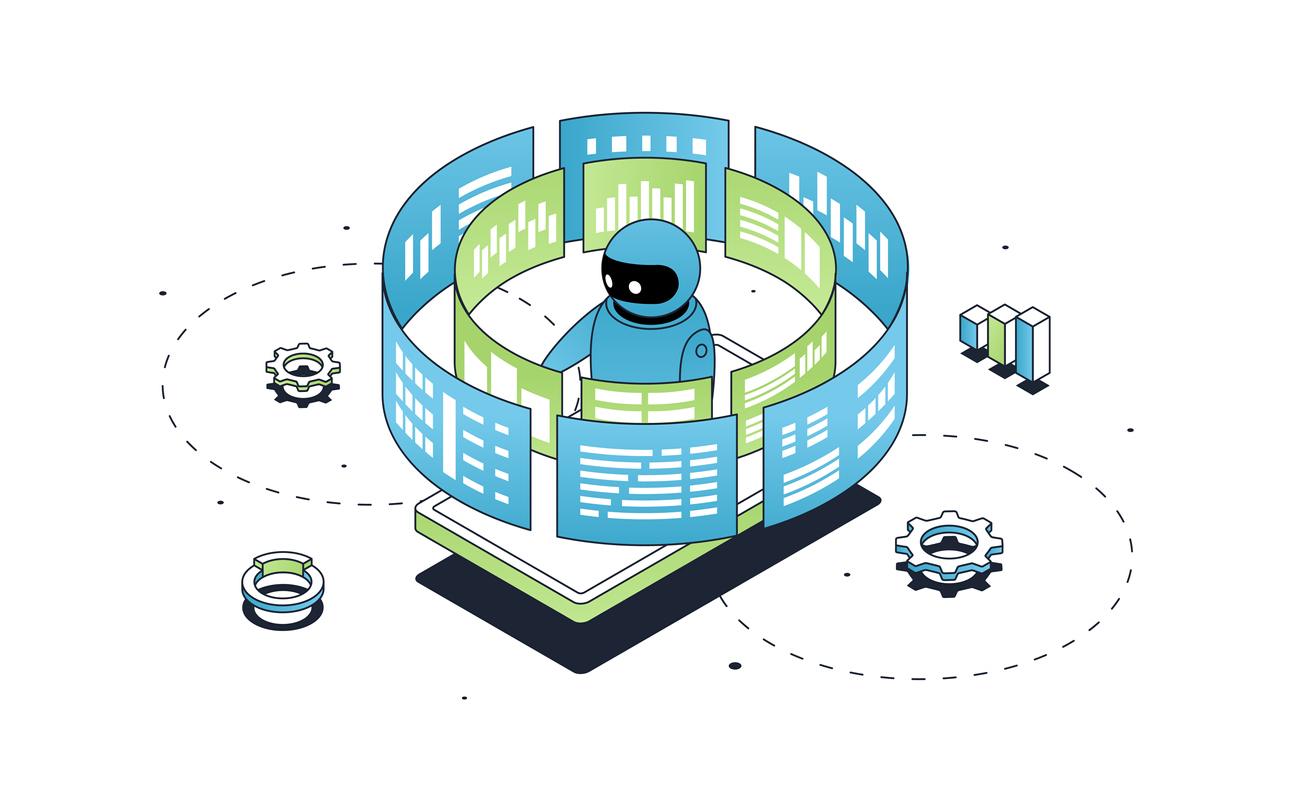Expanding via e-commerce brings a lot of “more” to your small or medium-sized business.
More geographies where your products and services are available.
More channels where you can offer fast and easy ways to make purchases.
More ways to enhance customer experiences.
The only “more” you shouldn’t have to deal with is complexity. SMBs sometimes worry that enabling online buying will add more work on top of what they’re already doing to manage in-store purchases. After all, a lot of time, training, and effort is involved in managing associates, merchandising, and assortment in physical retail.
That said, traditional shopping may represent an area in which SMBs feel confident. In contrast, e-commerce can seem like brand-new territory, where they’re unsure how customers are discovering their brand. It may not be obvious what kind of expectations they’re bringing to an e-commerce experience, and how the company should be prepared to meet them.
E-commerce also represents an area where making purchasing fast, easy, and pleasurable is critically important. Customers are quick to reward brands that get it right. We often see this materialize in strong online reviews. When e-commerce experiences fall flat, however, customers can be quick to share their feedback through public forums like social media.
What’s sometimes lost in the move to e-commerce is the fact that a successful strategy involves a lot more than adding a “buy” button to your website. Best-in-class e-commerce is based upon taking a strategic approach to automation, where your operations are enhanced with tools that streamline customer processes and create efficiencies on a scale that would never be possible in physical retail.
As you make e-commerce a part of your business plan, don’t miss out on the following areas where automation can provide a tangible benefit:
1. Centralizing data to efficiently target and personalize customer experiences
The myth is that by moving into e-commerce, you somehow have to pitch your products to the world en masse. The reality is that brands become far more effective by taking more of a one-on-one approach to how they interact with customers.
Automation is the only way to achieve this, via technologies like a customer data platform (CDP) that centralizes all the information you collect from current and prospective buyers. This allows for more personalized, and contextually relevant offers via an e-mail newsletter, text notifications, or other marketing channels.
Beyond simply making products available online, automation means you can also provide a more thoughtful experience, such as making personalized product recommendations based on the pages a customer has viewed or their past purchase history.
2. Powering ubiquitous shopping through social commerce
Selling online isn’t solely dependent on somehow driving vast numbers of people to your brand’s website and its e-commerce section. Many businesses have proven highly adept at boosting online sales by making sure they’re present on properties where customers are already gathering. You probably use a lot of these services too, whether it’s Facebook, Instagram or TikTok.
E-commerce automation makes it easy to power social commerce by integrating buying capabilities directly into your branded accounts on these services. That way, people scrolling through their social feeds can discover your organic or promoted posts and enjoy one-click access to purchasing features.
3. Growing faster through partnerships with marketplaces
Plenty of old-school retailers discovered a long time ago that they can increase revenues by complementing their standalone stores with space in a major shopping centre. The same logic applies to online marketplaces, which provide convenience to shoppers by bringing multiple brands into a single digital property.
It’s become easier than ever to participate in marketplace partnerships by integrating catalog data directly from platforms like Salesforce Commerce Cloud and setting up product feeds. It means you can not only sell products on marketplaces, but update critical details such as pricing and ensure you’re only promoting items that are currently in stock.
4. Manage inventories based on real-time analytics
We sometimes talk about products “flying off the shelves” but selling online provides a much more accurate and granular look at what’s truly popular among your customers. This helps SMBs optimize their costs by ensuring they only order and stock the items that are in-demand.
Using e-commerce automation to manage inventories means you can address issues like cart abandonment, which can happen when customers are disappointed to learn that some of the items they’re looking for are sold out.
5. Greater self-service to boost customer satisfaction
No matter what someone buys online, their next question is often the same: when is it going to arrive?
Beyond the advantages e-commerce automation offers employees, it can also allow customers to help themselves. It makes it possible to provide customers with links to track the delivery of their orders, for example, or to reach out to a chatbot for quick but detailed answers to other common questions.
Some brands are also allowing customers to set up more detailed online profiles so they can be notified when new additions to their favourite product categories come in. They can develop wish lists to save items for later, or build up ideas for gifts they want to buy friends and family members.
Don’t forget that customers may want an experience that bridges digital and physical worlds. Automation delivers here too, by enabling buy online, pick-up in store (BOPIS) and even curbside pickup.
As more consumers make the shift to digital channels for everyday tasks in their lives, running a successful SMB means making e-commerce a core part of your offering. Putting automation at the heart of your online sales strategy will let you scale farther than you ever thought possible.


